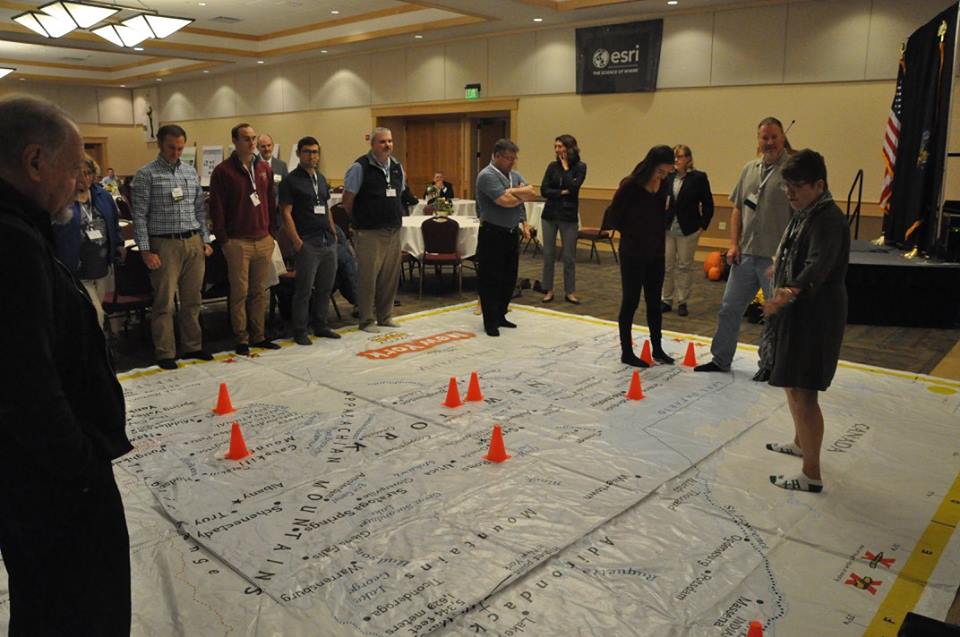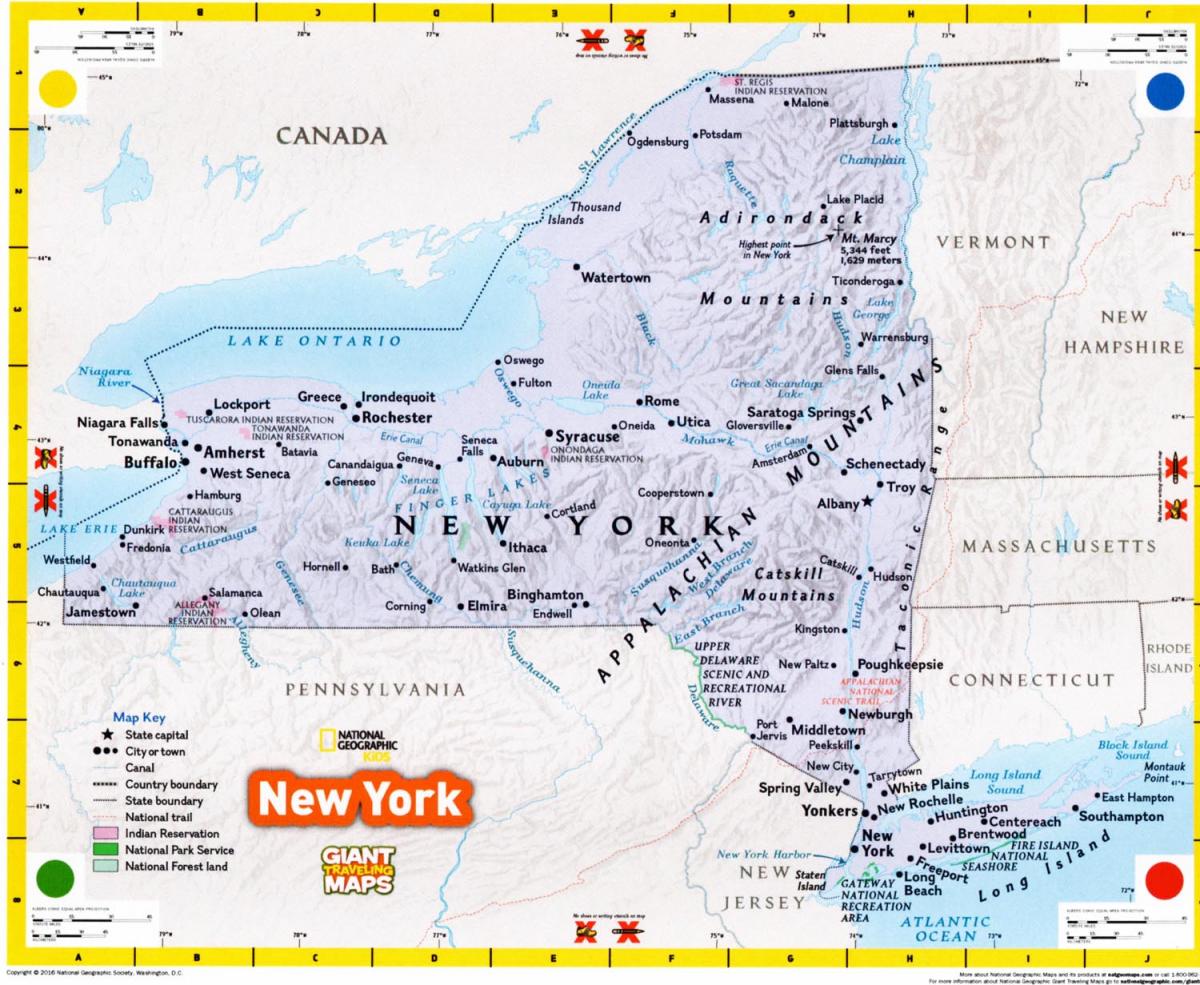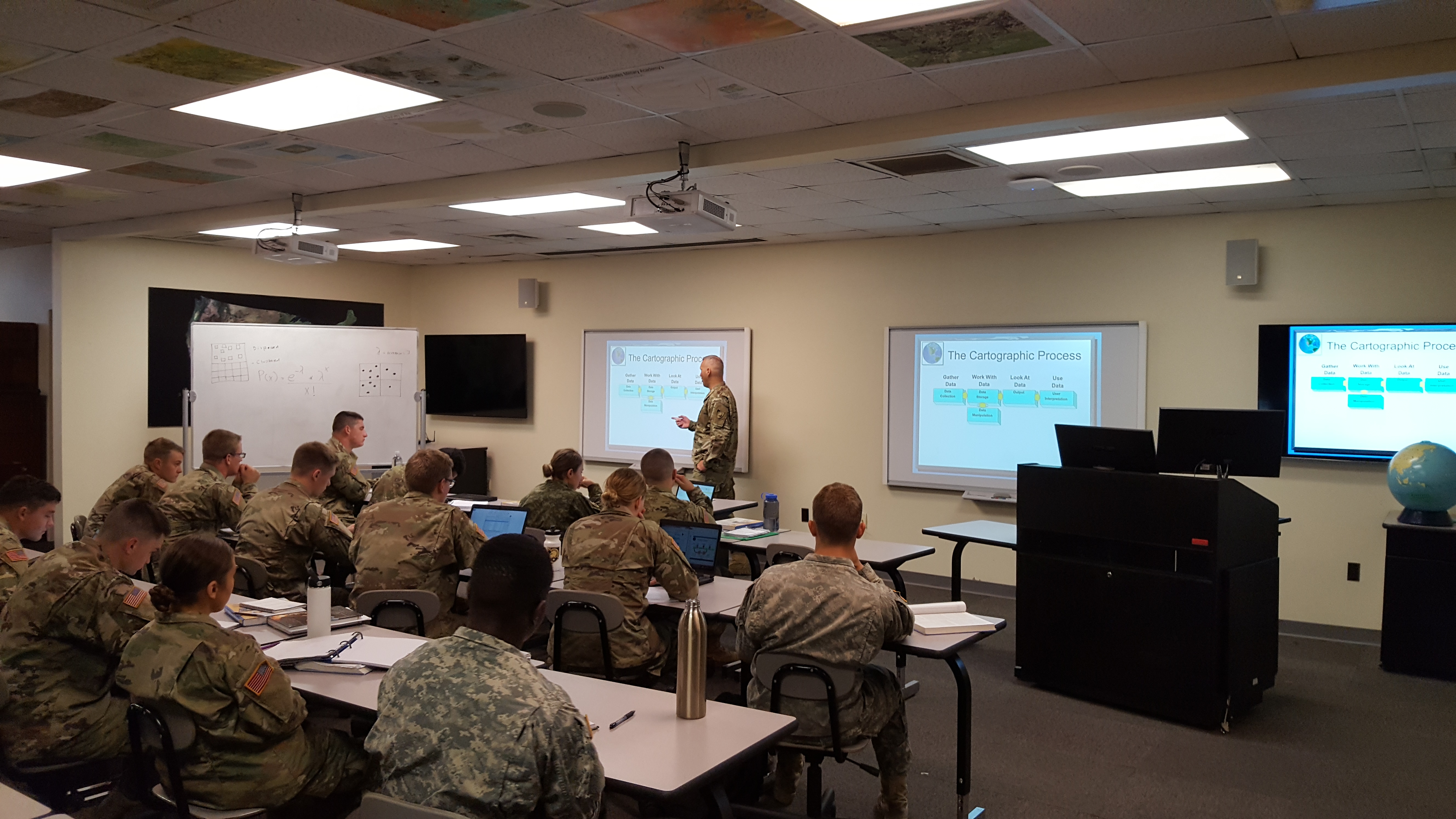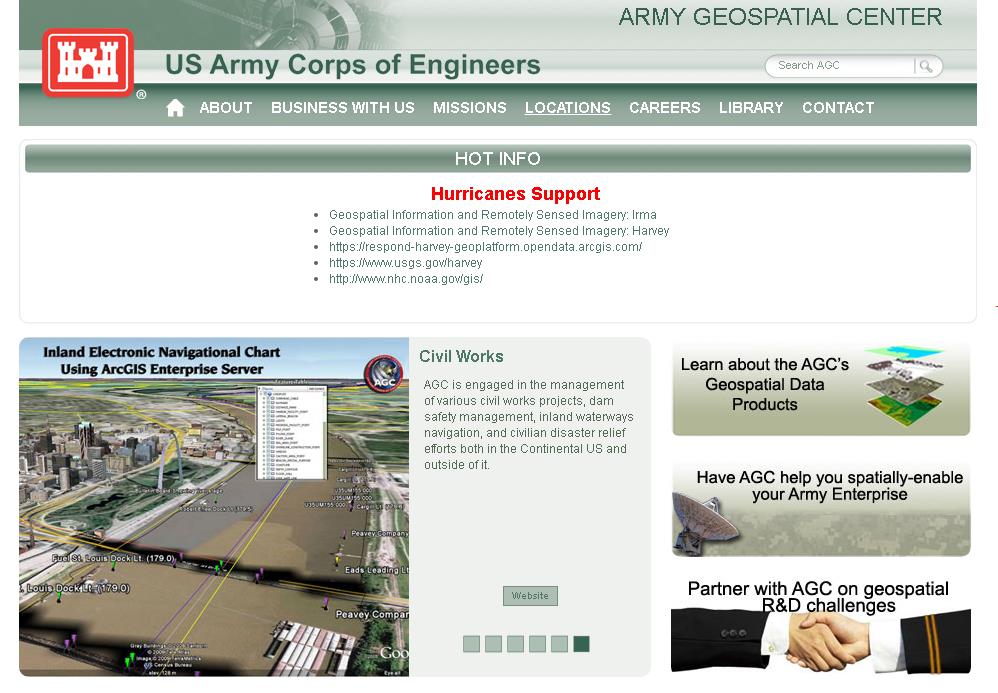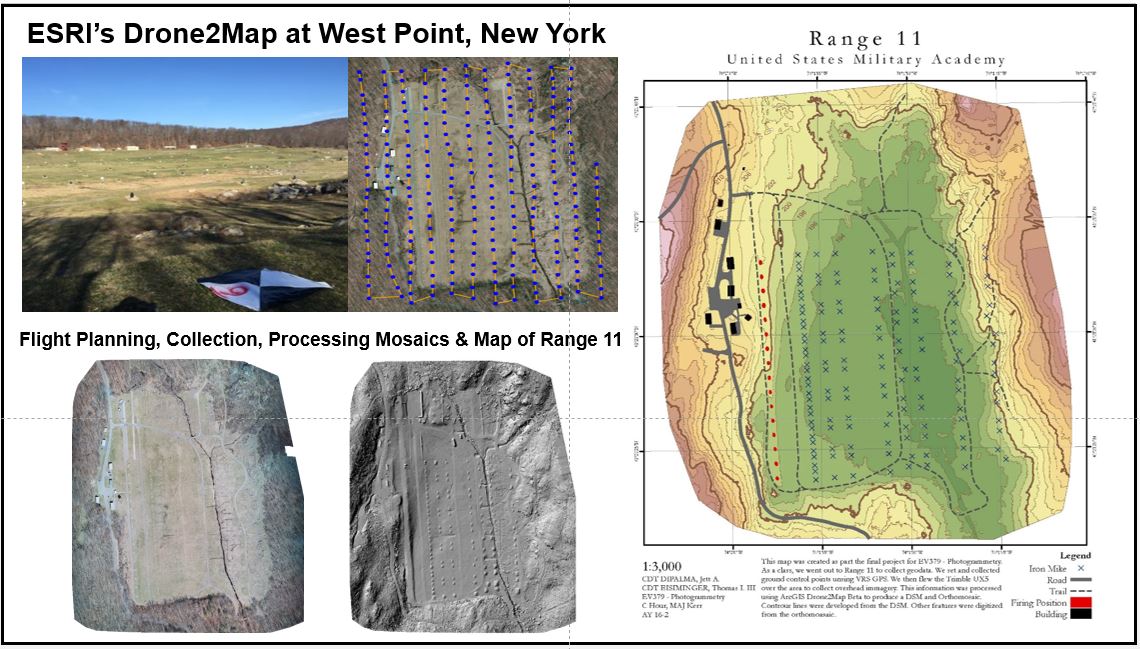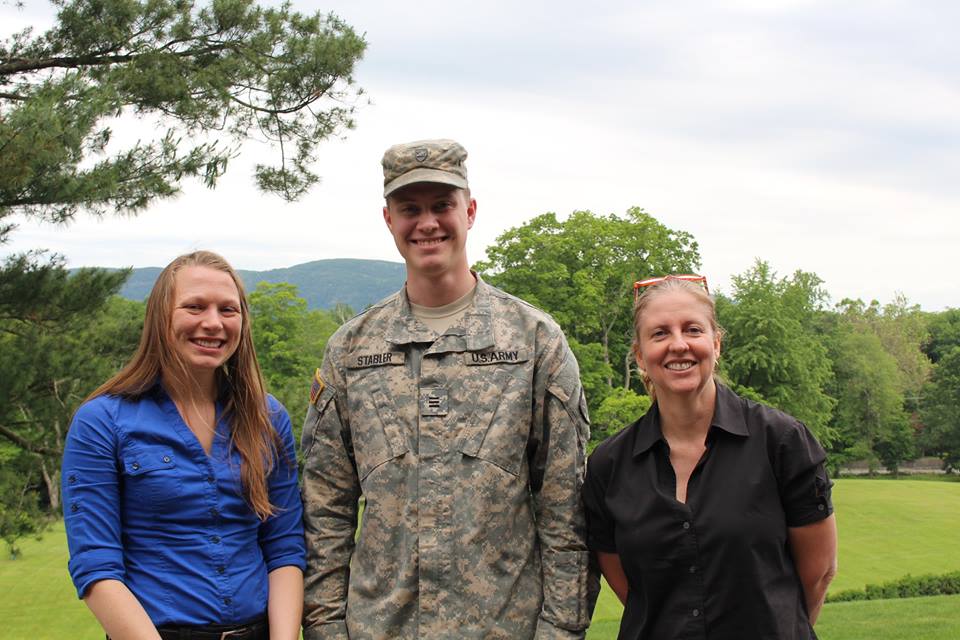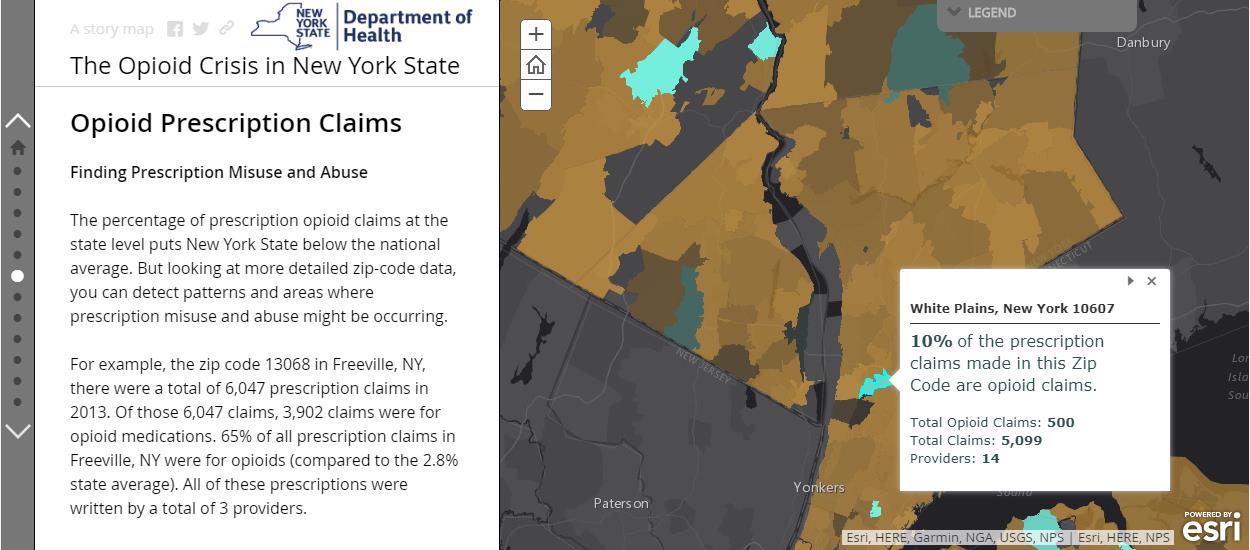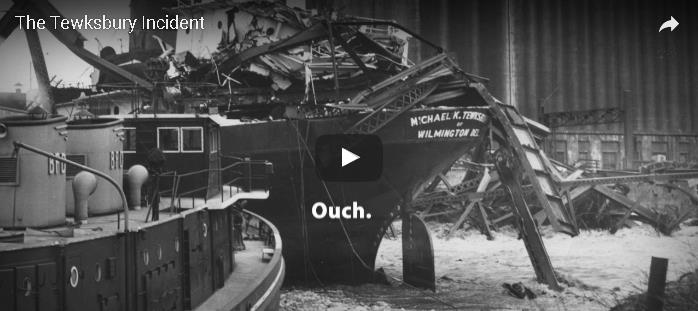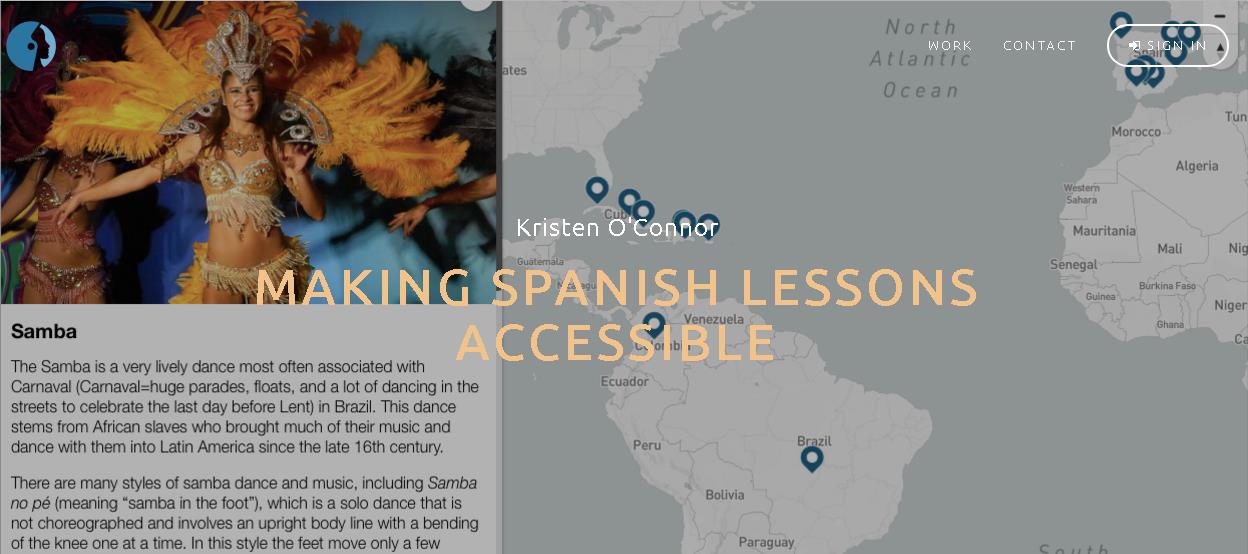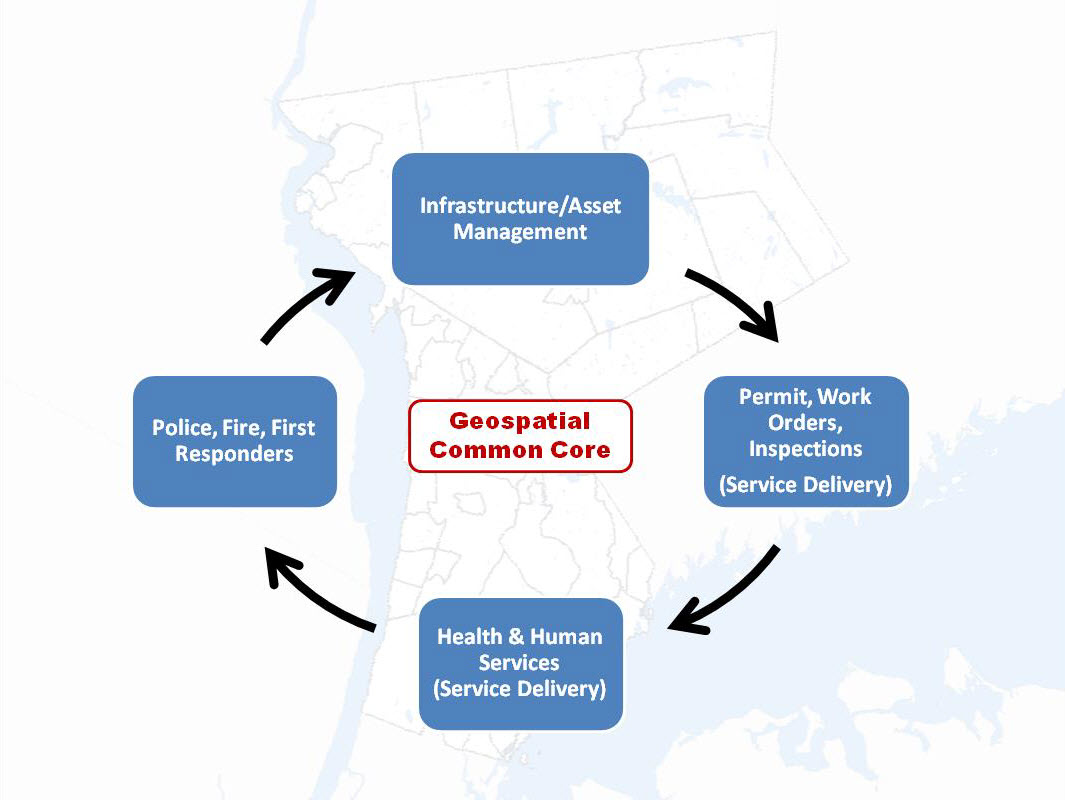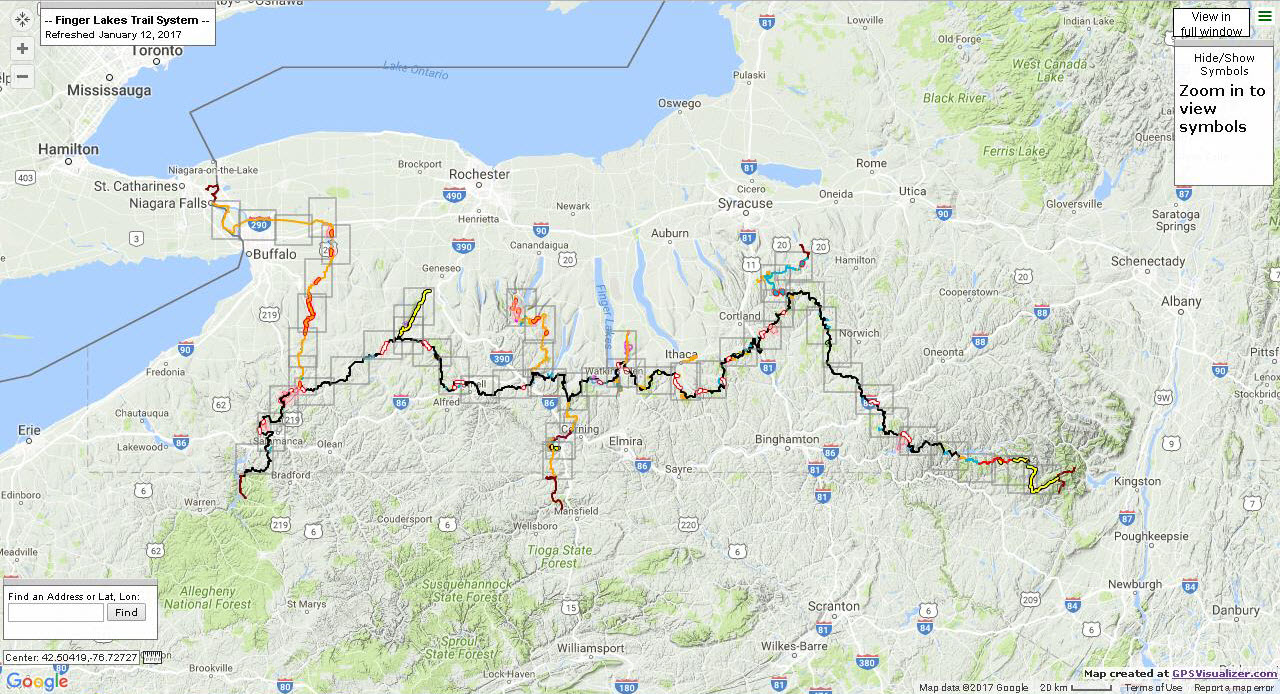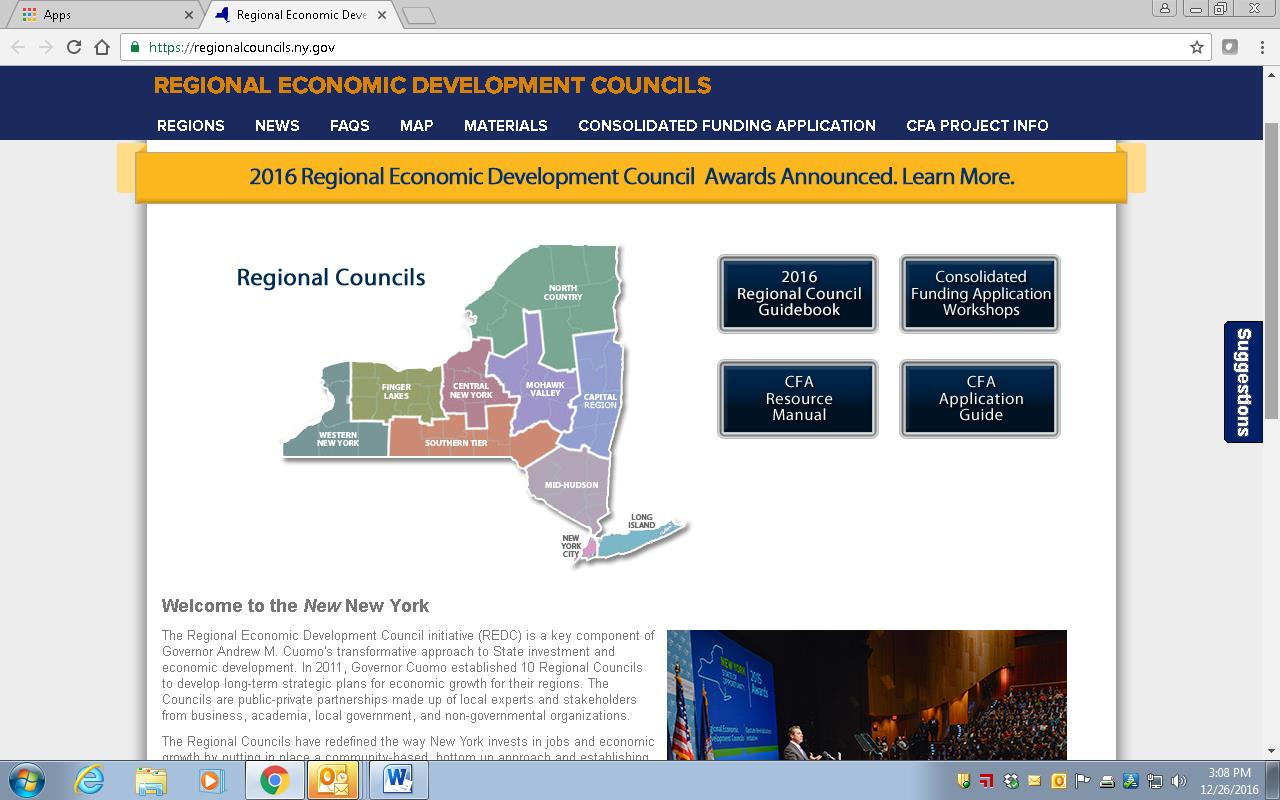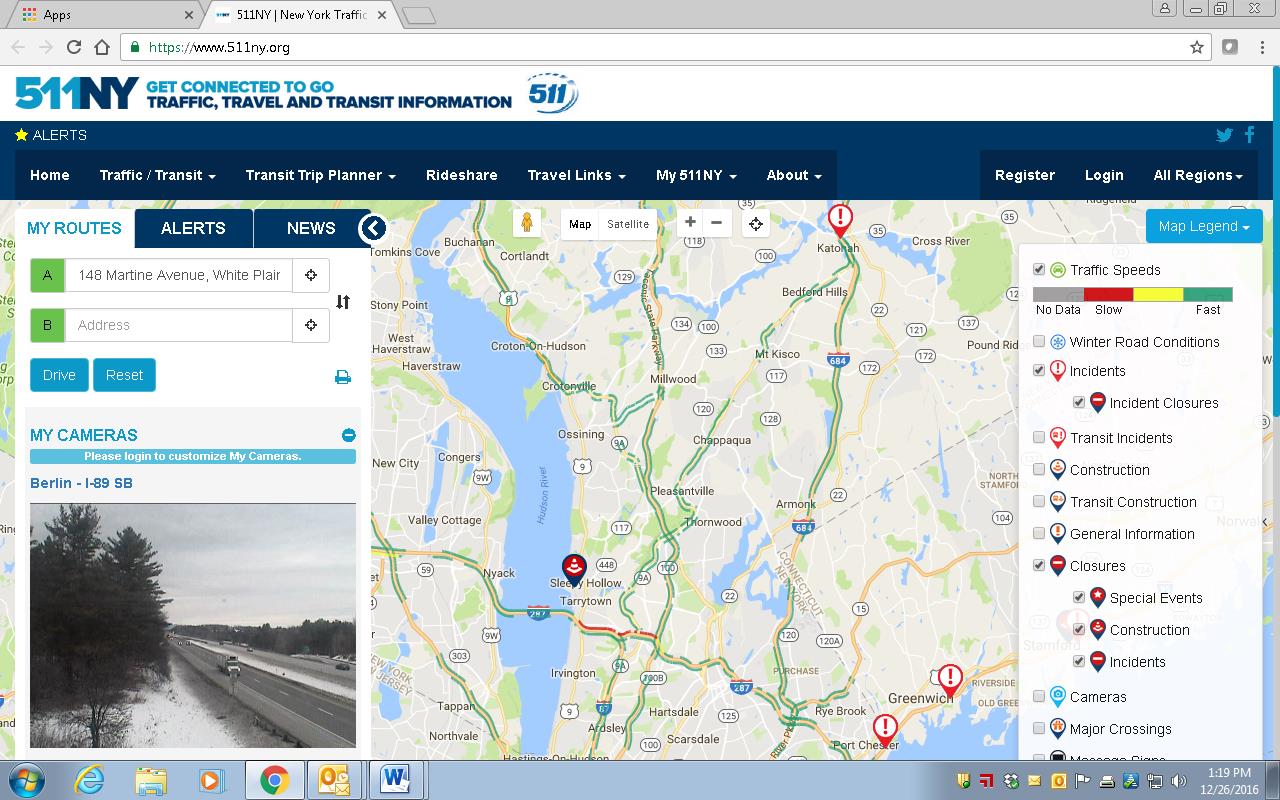The 2017 New York State GeoCon in Lake Placid provided the opportunity to for me to catch up with several statewide colleagues which will be reflected in at least a couple upcoming blog posts. As part of these discussions, I ended up connecting with a familiar Empire State GIS person of interest: Carol Cady – who serves as GIS Specialist/Map Librarian at St.Lawrence University (SLU) in Canton, New York. Our discussion and follow-up communications certainly highlight a wide range of geospatial activities in the state’s North Country which the SLU GIS program is a significant contributor.
Carol directs the GIS project which is housed in the Libraries and Information Technology Division. Unlike many of the New York State public university geospatial programs, the SLU program is not associated with a specific academic curriculum or major. She and other GIS program staff provide instructional, technical and research geospatial support to the entire university community in the use of geospatial software and technology including Remote Sensing and Global Positioning Systems (GPS).
Carol arrived at SLU in 2002 to oversee and manage the GIS program. Before her arrival, the SLU GIS program had been established in the early 90’s by Professor Bill Elberty who was a Geography Professor and for whom the current GIS lab is named after. Professor Elberty taught GIS courses which provided the foundation for many current GIS professionals across New York State. After Professor Elberty retired in 1999 the GIS program data and software was moved to the Science Library.
Prior to accepting the SLU position, Carol served as a GIS Analyst for Fort Drum Natural Resources Branch as a contractor. Carol’s background is in biology with a BS from UMass- Amherst and a Masters in Zoology at the University of Vermont. She was introduced to GIS as land management tool while a seasonal wildlife technician for US Fish & Wildlife Service at Moosehorn Refuge in Calais, ME. She then returned to UMass to learn more about GIS with coursework in the Wildlife Department.
GIS Facilities and Academic Offerings
The principal location for GIS and GPS instruction at SLU is the Elberty Laboratory for Spatial Analysis. The lab includes 15 dedicated GIS workstations, printing and plotting devices, field tablets, and both Trimble and Garmin GPS units. Increasingly, smartphones using the ESRI Collector and Survey 123 apps are being used in field data collection efforts. Both Carol and GIS/GPS technician Dakota Casserly offer support to the SLU community in a variety of software packages including ArcGIS, QGIS, Google Earth, IMAGINE, IDRISI, and NASA’s WorldWind.
On a regular basis, Carol teaches both Intro to Geographic Information Systems (with lab) and Directed Studies in Geology GIS classes and occasionally Advanced GIS and Intro to Geospatial Technologies. GIS concepts are incorporated in other courses in the areas of Conservation Biology, Global Studies, Environmental Psychology.
Carol is assisted by Dakota Casserly, St. Lawrence University GIS/GPS Technician who is involved in the program on many levels including designing and guiding projects with student GIS technicians and teaching introductory sessions or specialized topics like GPS and Network Analyst. A project he has recently completed is the Laurentian Legacy project.

Mapping the Laurentian Legacy is a partner project between the University’s Donor Relations department and the GIS Program. The web app provides interactive and searchable access to the University’s named spaces database.
Projects and Activities:
The GIS program at SLU provides support to many local and regional geospatial efforts. The program has a long relationship with the St. Lawrence Land Trust having provided maps for base line and yearly evaluations of easements. Recently, SLU GIS staff, along with Jess Rogers, Assistant Professor, Biology/Environmental Studies, SUNY Potsdam, and Alex French, Sustainability Coordinator, Clarkson University conducted a suitability analysis to find large privately owned forested properties which meet Land Trust criteria to put lands into a protected easement. More recently, Carol’s Intro to GIS has been involved in a suitability analysis to identify non-forested properties in all of St. Lawrence County that may meet Land Trust easement criteria. In 2013 Dakota’s predecessor, Jonathan Ignatowski, worked with the St.Lawrence County Health Department to identify houses built before the early 1970s and may contain lead paint. This was part of a larger project to help with lead paint remediation for household owners.
One SLU project which was of particular interest to me is the June 2017 Death in St. Lawrence County (DSLC) Project that began an archeological excavation at the St. Lawrence County Poorhouse Cemetery in Canton, NY. As a result of decades of erosion, the cemetery had a number of graves at risk of washing away into the Grasse River. While the original goal of the project was to identify and exhume at-risk graves, identify the individuals using forensic techniques, and re-inter the remains elsewhere on the property. Unfortunately, Mindy C. Pitre, an assistant anthropology professor at St. Lawrence University, who was overseeing the project said she and her team of students discovered that very little remained of the bones at the gravesites they dug closest to the Grasse River. As a result, the bone could not be examined and information such as gender and age could not be determined, she said. The deteriorated bone fragments were returned to where they were found and reburied. It was felt that continuing any further would have done more harm than good by removing it, so the project was stopped. Nonetheless, the project did include the use of state-of-the-art geospatial tools including high resolution GPS data and 3-D photogrammetric software to record and digitally preserve the archeology. This project was presented as a poster at the Lake Placid conference.

Additional examples of student projects focusing on American Kestral nesting sites, Brook Trout spawning sites, wind turbine placement relative to hawk migrations, and the effects of St. Lawrence County land use changes on grassland bird habitat can be found on the SLU GIS landing page.
Working Partners:
Collaborating organizations in the North Country recognize SLU’s GIS contribution in regional geospatial efforts. Notes Jason Pfotenhauer, Deputy Director. St. Lawrence County Planning Office:
“The St. Lawrence County Planning Office has had a long relationship with the GIS lab at St. Lawrence University having worked with Carol Cady for many years, as well as several of her mapping technicians. We traveled to numerous State GIS conferences and NYS geo-spatial summits together and have had approximately 10 SLU students work with our office in various capacities. Two recent larger scale county projects were the result of Carol’s willingness to supervise graduating seniors with strong GIS skills. For the first, Carol took the initiative to pursue Walker Fellowship funding so that Sean Gannon could receive a paid internship and create the initial dataset for the County’s Agricultural Atlas. The second project involved the collection of raw U.S. Census data to depict housing and socioeconomic data at the census tract level (which is not readily available on existing regional, state or federal websites). Dylan Arpey undertook this initiative to help inform the County’s Assessment of Fair Housing.
The GIS lab staff have also provided us with valuable technical assistance that improved our capabilities in preparing maps for county constituents. Most recently Dakota Casserly and Carol provided a tutorial on how to geoprocess tiffs in order to create digital models of hard copy flood plain maps.”
Star Carter, GIS Supervisor, Development Authority of the North Country (DANC) adds:
“The St. Lawrence County university/college GIS people are all fantastic and very worthy of recognition! I work with the SLU crew a few times a year to get data or share data for infrastructure in the Village of Canton. It’s a good relationship. DANC has hired graduates and summer interns from both SLU and SUNY Potsdam. A former DANC GIS Specialist graduated from SLU and is now in grad school in Colorado; and a current DANC GIS Technician graduated from SUNY Potsdam. All of these graduates came out of their programs with enough GIS skills and practical experience to hit the ground running and be valuable employees right away. So, from the hiring perspective of a local employer, having these GIS programs available at local universities is very important to keeping me supplied with a competent workforce”.
Summary
The St. Lawrence University GIS program illustrates the growing presence – and importance – of the New York statewide network of university programs which support regional and local GIS initiatives. In absence of paid consultant assistance, University programs can often provide a certain level of geospatial support to governments and organizations with limited funding or geospatial capacity. While several Empire State college programs offer both B.S. and advanced degrees in geospatial technologies, non-degree academic programs such as SLU offer high quality geospatial academic training, combined with applied field experience that adequately prepares students for a variety of geospatial workforce occupations.
For more information on the St. Lawrence University GIS Program, contact Carol Cady at ccady@stlawu.edu.

